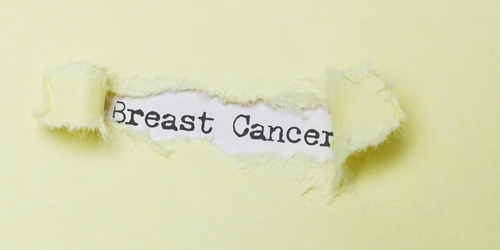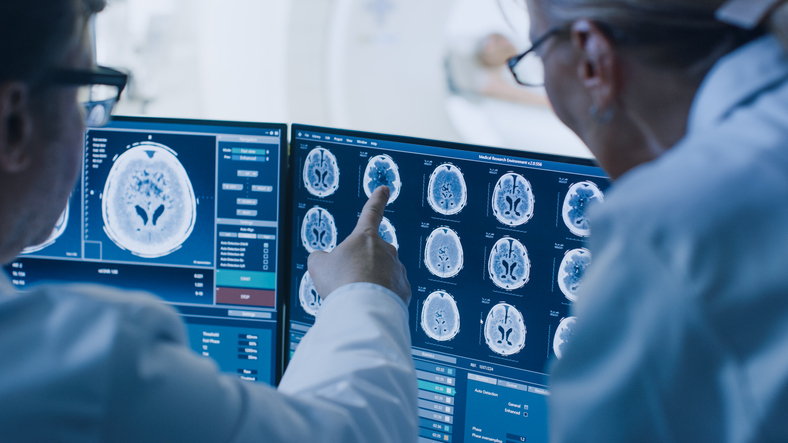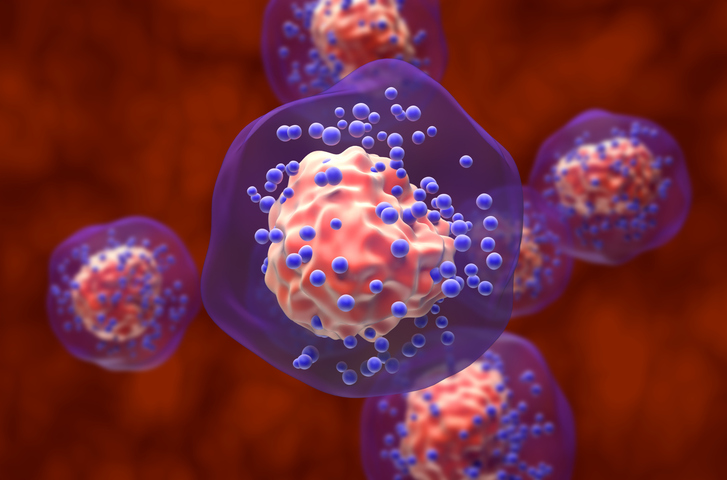
Researchers developed a tool that can predict the level of nervous system side effects experienced by breast cancer patients using taxanes. The results appeared in npj Precision Oncology.
Increasingly, patients are surviving cancer; however, some patients still suffer from the side effects of cancer treatment. Recently, researchers studied the side effects of taxanes, a chemotherapy drug used to prevent breast cancer recurrence. The treatment has been associated with nerve damage in this patient population.
“Side effects in the form of nerve damage are very common after treatment with taxanes for breast cancer, and they often persist for several years. For those affected it is extremely stressful, and it has a major impact on quality of life. So, it is a major clinical problem, which has received more attention in recent years, but there has been no way to know which individuals are at greatest risk of side effects,” said Kristina Engvall, who recently completed her PhD at Linköping University and is a doctor at the oncology clinic at Ryhov County Hospital in Jönköping, via a press release.
The researchers assessed the side effects of either docetaxel or paclitaxel, the 2 most common taxane drugs, in 337 patients with breast cancer. Patients in the population of interest were asked to describe the severity of peripheral neuropathy. The most common side effects reported were foot cramps, which more than 1 in 4 patients had. Other side effects included difficulty opening a jar, numbness in feet, tingling in feet, and difficulty climbing stairs. The researchers sequenced the patients’ genes and subsequently developed models that link genetic characteristics to various side effects related to the taxane treatment.
The models were able to separate the patients into 2 clinically relevant groups: one with a high risk of persistent side effects and one that corresponded to the frequency of peripheral neuropathy in the normal population. The researchers used two-thirds of the data to train the models through machine learning. They were then able to use the remaining one-third of the patients to validate the models, which were found to work very well.
“This is the first time a prediction model has been developed that can predict the risk of nerve damage from taxane treatment. Women who have been treated with taxanes after breast cancer surgery make up a very large group in health care worldwide, so this is a major and clinically relevant problem,” said Henrik Gréen, a professor at Linköping University, who led the study.
Dr. Engvall added that “this can be a tool to individualize treatment, and not only to look at the benefits, but also to look at the risks for the individual patient. Today, we are so good at treating breast cancer that we need to focus more on the risk of complications and side effects that affect the patient long after treatment.”







 © 2025 Mashup Media, LLC, a Formedics Property. All Rights Reserved.
© 2025 Mashup Media, LLC, a Formedics Property. All Rights Reserved.